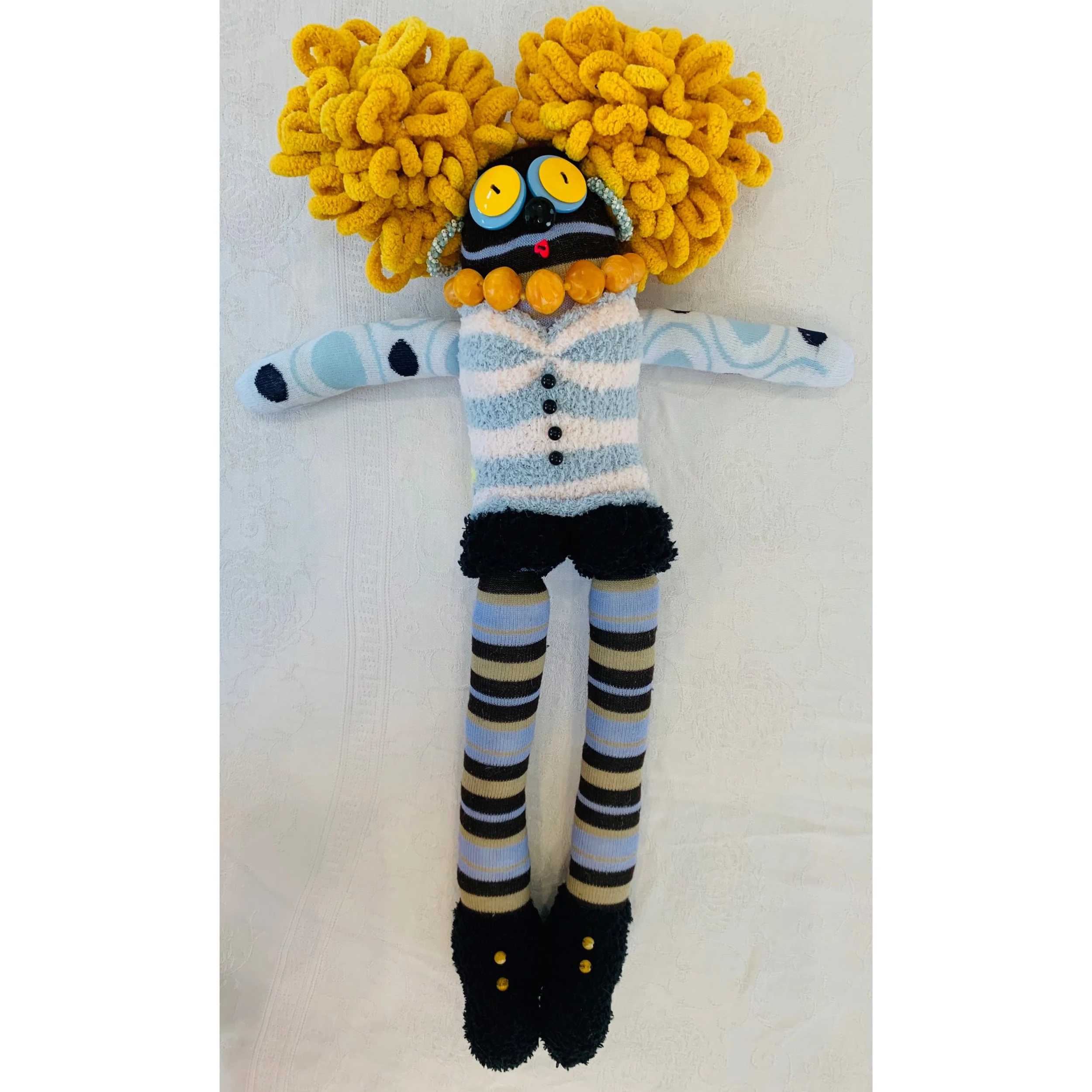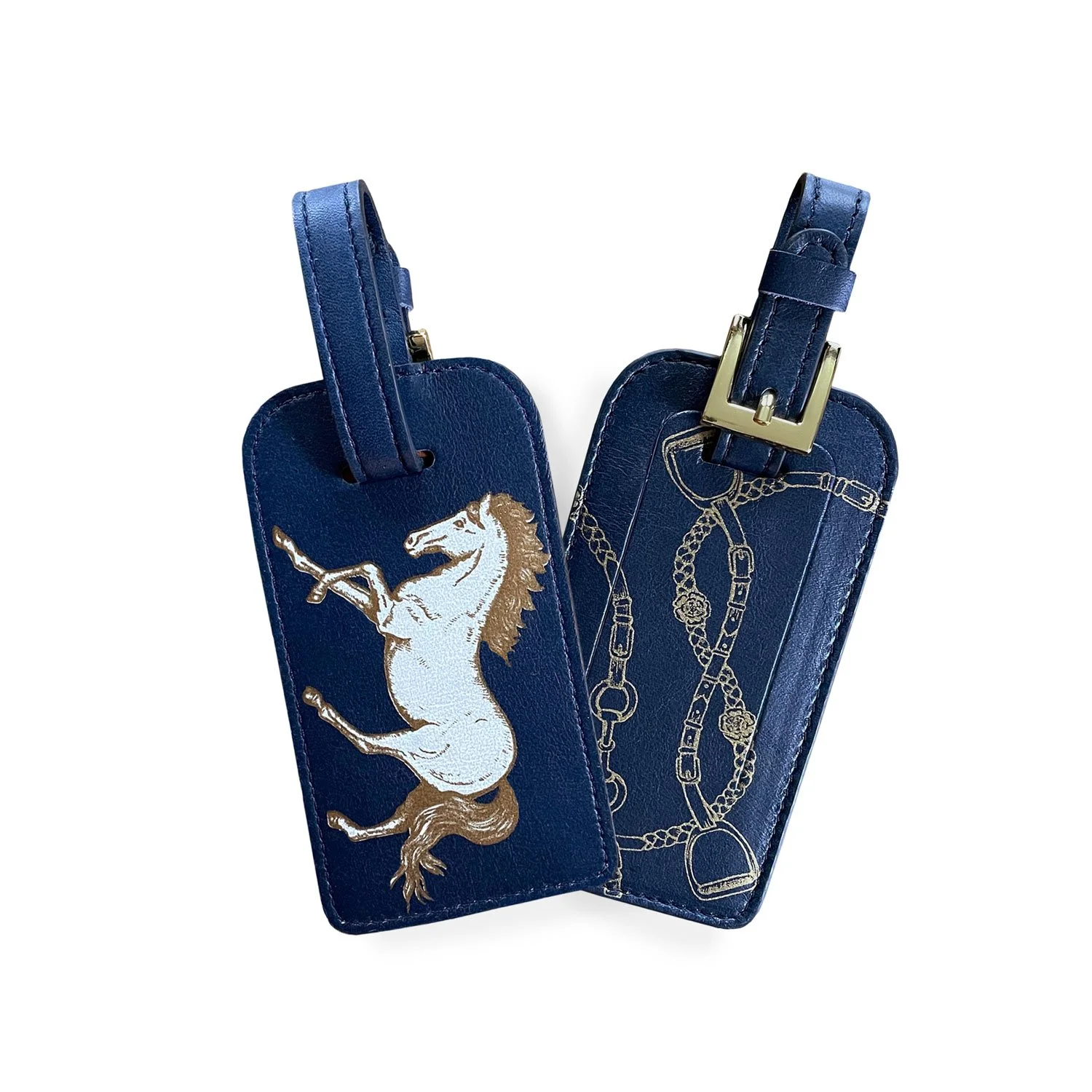Uprising of the Amistad in Kingston

In 1839, Portuguese slave hunters Pedro Montes and Jose Ruiz abducted 53 Africans from Sierra Leone and shipped them to Havana, Cuba, a center for the slave trade. But, on July 1, 1839, the Africans seized the ship, killed the captain and the cook, and ordered Montes and Ruiz to sail to Africa.
The two instead steered the ship north, and on August 24, 1839, the Amistad was seized off the coast of Long Island.
Montes and Ruiz were freed, and the Africans were charged with murder and imprisioned.
According to historical records, the president at the time – Martin Van Buren of Kinderhook – was “in favor of extraditing the Africans to Cuba. However, abolitionists in the North opposed extradition and raised money to defend the Africans.”
In a trial before the Supreme Court, the Africans were represented by former U.S. President John Quincy Adams. The Supreme Court decided in favor of the Africans, stating that they were free individuals; since they were kidnapped and transported illegally, they had never been slaves.
The Court ordered the immediate release of the Amistad Africans. 35 of the survivors returned to their homeland; the others died at sea or in prison while awaiting trial.
Learn more during the lecture, New York at the Amistad Rebellion of 1839 on Tuesday, August 6 in the Hudson River Maritime Museum’s Homeport Barn in the Rondout, Kingston. View and tour a replica of the infamous tall ship in the Rondout, with deck tours daily through August 7, Community Open Day with Pay-What-You-Can Ship Tours from 10am to 7:30pm, and free live entertainment from 3-7pm. More info: hrmm.org/amistad.html
ADVERTISEMENT:































Add an event to the HVNY calendar at hvny.info/share-your-event